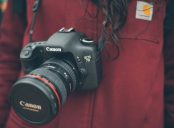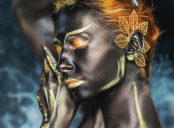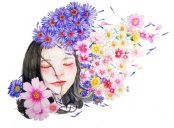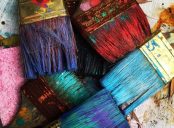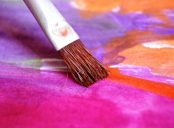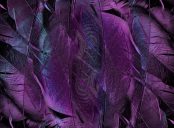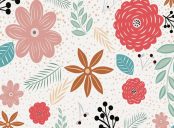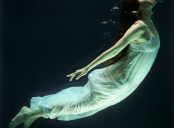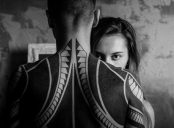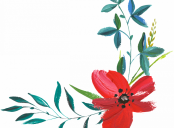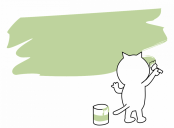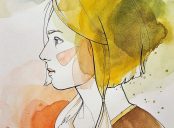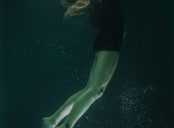Fashion Illustration: The Art of Bringing Fashion to life
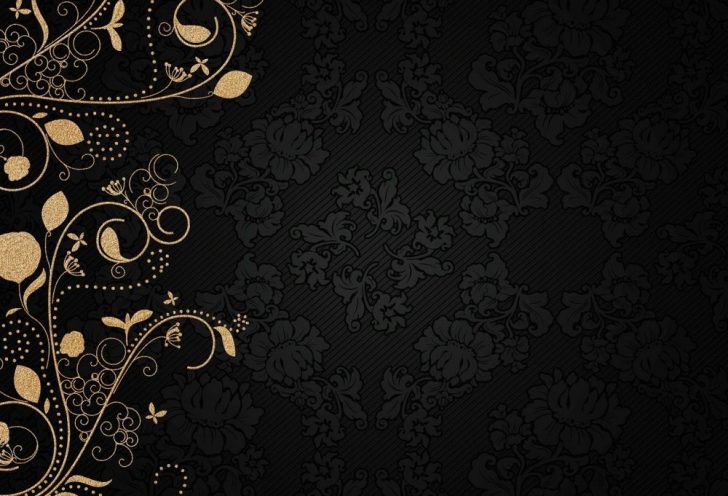
Introduction:
Fashion illustration is an artistic representation of clothing and accessories that brings fashion designs to life. It serves as a visual communication tool in the fashion industry, allowing designers to express their creativity and showcase their designs before they are brought to life on the runway or in the marketplace. In this article, we will delve into the world of fashion illustration, exploring its various types, popularity, quantitative measurements, differences, and historical pros and cons.
A Comprehensive Presentation of Fashion Illustration:
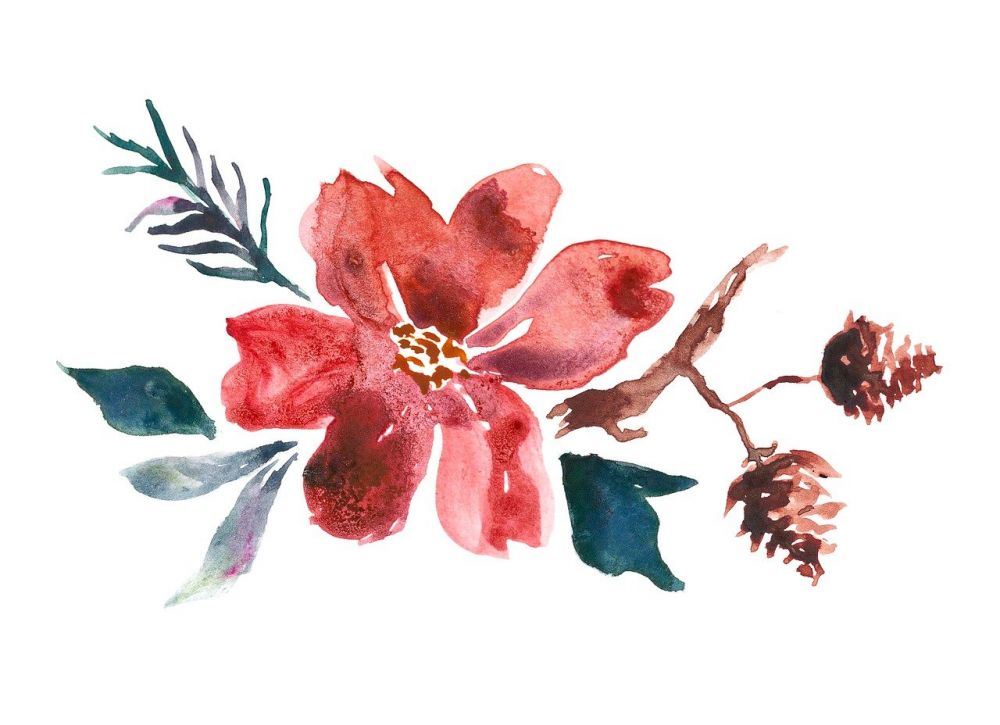
1. Types of Fashion Illustration:
Fashion illustration encompasses a range of styles and techniques, each with its own unique characteristics. Traditional fashion illustration involves the use of pen, pencil, and watercolor to create detailed and realistic illustrations. On the other hand, digital fashion illustration utilizes digital tools such as tablets and software to create stunning and highly realistic illustrations. Both traditional and digital styles have their own merits and are popular among artists and designers.
2. Popularity of Fashion Illustration:
Fashion illustration has experienced a resurgence in popularity in recent years, thanks in part to social media platforms like Instagram. Many talented fashion illustrators have gained large followings and have become influencers in their own right. Their illustrations are not only visually appealing but also serve as a source of inspiration for both fashion enthusiasts and industry professionals. This popularity has given rise to collaborations between fashion brands and illustrators, further extending the reach and impact of fashion illustration.
Quantitative Measurements of Fashion Illustration:
1. Social Media Influence:
Fashion illustration’s impact can be measured through social media engagement. By analyzing the number of likes, comments, and shares on a fashion illustrator’s posts, one can gauge the level of audience engagement and interest. The growing number of followers and the reach of fashion illustrations on platforms like Instagram can also provide quantitative data on the popularity and influence of specific styles and artists.
2. Collaboration Opportunities:
The number of collaborations between fashion brands and illustrators is another quantitative measurement of the influence of fashion illustration. By examining the frequency of such collaborations and the benefits derived from them, one can understand the value attached to fashion illustration in the industry. Increased collaborations indicate the industry’s recognition of the unique perspective and creativity that fashion illustrations bring to the table.
Discussion on Differentiating Fashion Illustrations:
Fashion illustrations can be classified based on various factors, including style, purpose, and technique. One notable distinction is between editorial fashion illustration and technical fashion illustration. Editorial fashion illustrations are often more expressive and artistic, capturing the essence and mood of a collection. On the other hand, technical fashion illustrations focus on precise measurements and details, serving as a blueprint for garment construction. Understanding these differences allows designers and artists to choose the right style for their intended purpose and audience.
Historical Overview of Pros and Cons of Fashion Illustration:
Fashion illustration has a rich history spanning centuries, and with it, come both advantages and disadvantages. Historically, fashion illustration provided a way for designers to communicate their ideas without relying solely on physical garments. It allowed for experimentation, imagination, and exploration of design concepts. However, as fashion photography emerged, the reliance on fashion illustration decreased. In recent years, the digital revolution has reinvigorated the field, providing a new platform for creativity and expression.
Conclusion:
Fashion illustration plays a vital role in the fashion industry, bringing designs to life and allowing designers to convey their vision. By comprehensively understanding the different types, measuring its popularity, appreciating the distinctions, and analyzing its historical pros and cons, one gains a deeper insight into the art form. Fashion illustration continues to evolve, adapt, and thrive in the digital era, enchanting both fashion enthusiasts and industry professionals alike.
– En kort video som visar olika fashion illustrations tekniker och stilar]
References:
1. Smith, Emily. ”Fashion Illustration: A Visual Vocabulary.” Laurence King Publishing, 2018.
2. Jones, Zoey. ”The Power of Fashion Illustration in the Digital Age.” Fashionista, 2021.
3. Harper, Paul G. ”Fashion Illustration in Vogue.” Thames & Hudson, 2018.


